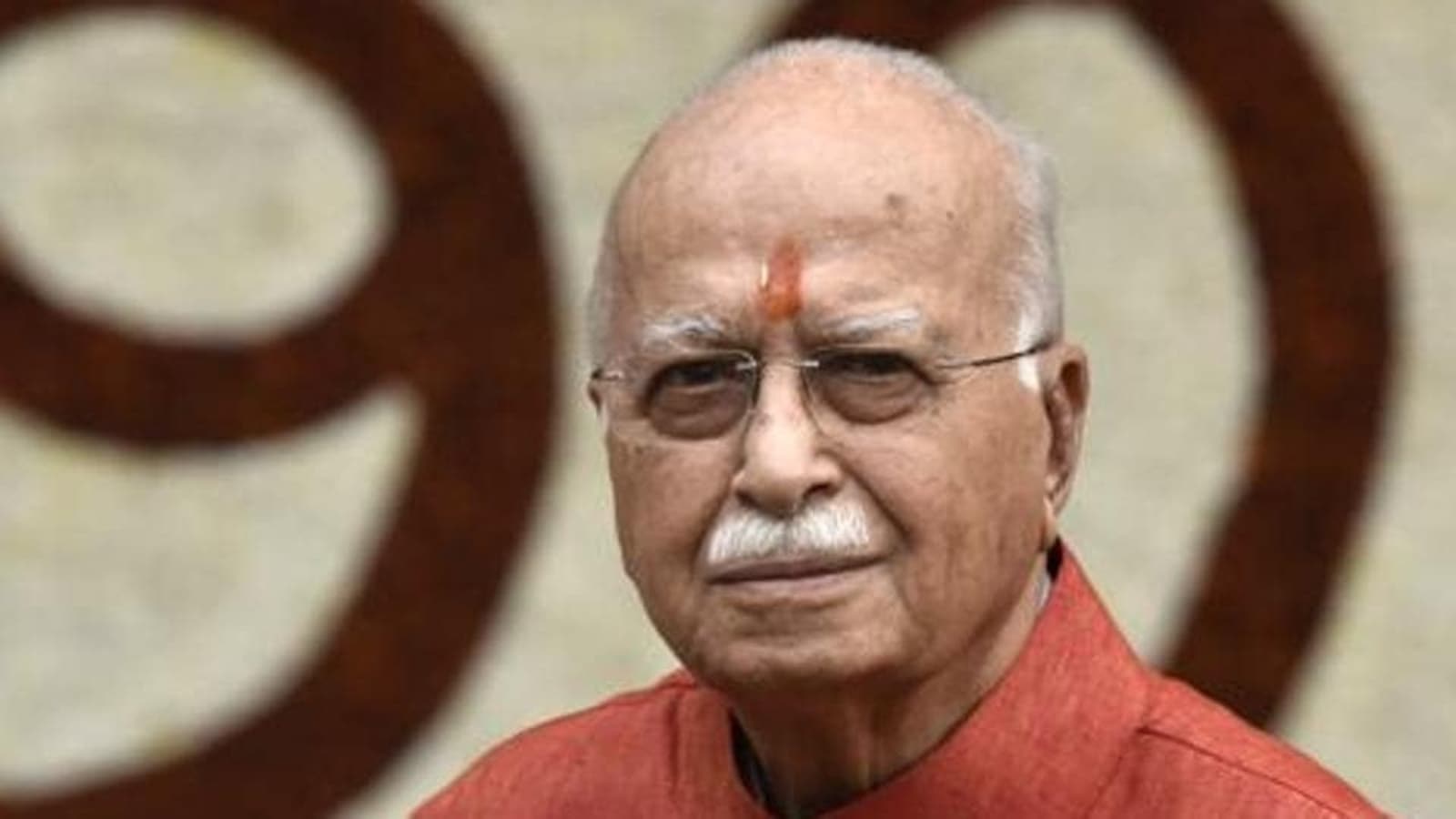Indian and Chinese armies clash again in the Himalayas. The incident took place on December 9 in Arunachal Pradesh, in the Tawang sector near Bhutan, an area claimed by Beijing, which considers it an integral part of Tibet. The soldiers clashed with sticks, about twenty people were injured on the Indian side. The balance sheet is unknown on the Chinese side. Indian military officials said troops were immediately withdrawn from the area.
The People’s Liberation Army would enter Indian territory overnight, crossing the “line of effective control,” an indistinct border line that neither neighbor was permitted to cross. The clashes came days after China voiced objections to joint India-US military exercises in Auli, in the Himalayan hills of Uttarakhand. Beijing considers this operation a violation of the border agreement.
This is the first known serious incident since the deadly June 2020 clashes in the Galwan Valley in Ladakh, which claimed the lives of twenty Indian soldiers and an unknown number of Chinese soldiers. The diplomatic and military talks that began – sixteen negotiating sessions – led to only a partial disengagement.
Negotiations are not progressing
Beijing and Delhi dispute a total of 3,488 kilometers of border in the Himalayas. The internationally unrecognized line of demarcation (or ‘line of effective control’) was drawn in 1962 after the blitz that ended in India’s disastrous and Chinese annexation of most of Ladakh, which he named “Aksai Chin”. Over the three years, both armies have significantly strengthened their positions. More than 60,000 troops are now stationed on each side of the line of control and a huge amount of infrastructure has been deployed – bridges, roads, control towers, airfields, bunkers, barracks. In Arunachal Pradesh, where the latest clashes took place, the Chinese have built entire villages on the disputed border area.
The negotiations are no longer under way as China refuses to return to the status quo before 2020 and engages in regular provocations. India denies China’s advances and Narendra Modi, the Prime Minister, has never reported the true situation of the conflict before Parliament. One opposition figure, MP Asaduddin Owaisi, demanded an explanation. “A major clash occurred on December 9 and we learned about it on December 12, when Parliament was in session. This is unacceptable”, he stated, Monday, December 11, before deriding “weakness of Modi’s political leadership” against China.
You have 34.79% of this article left to read. The following is for subscribers only.

“Award-winning travel lover. Coffee specialist. Zombie guru. Twitter fan. Friendly social media nerd. Music fanatic.”







